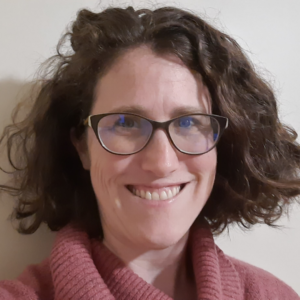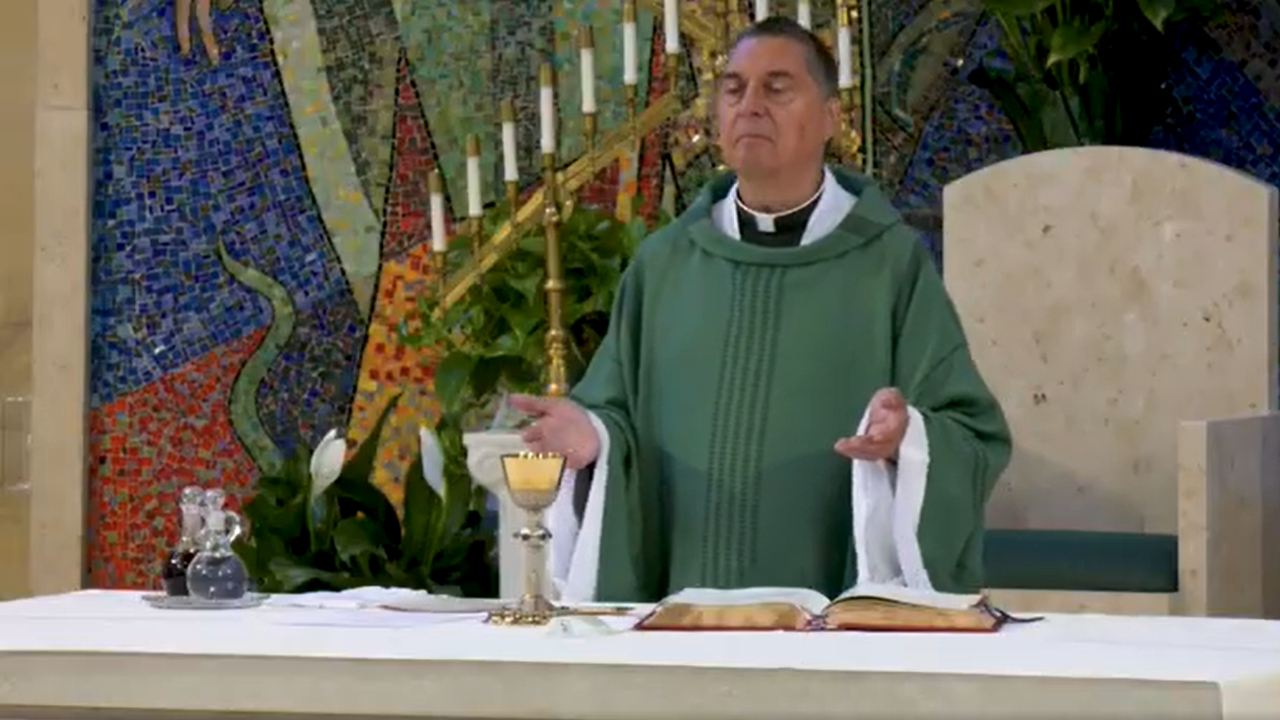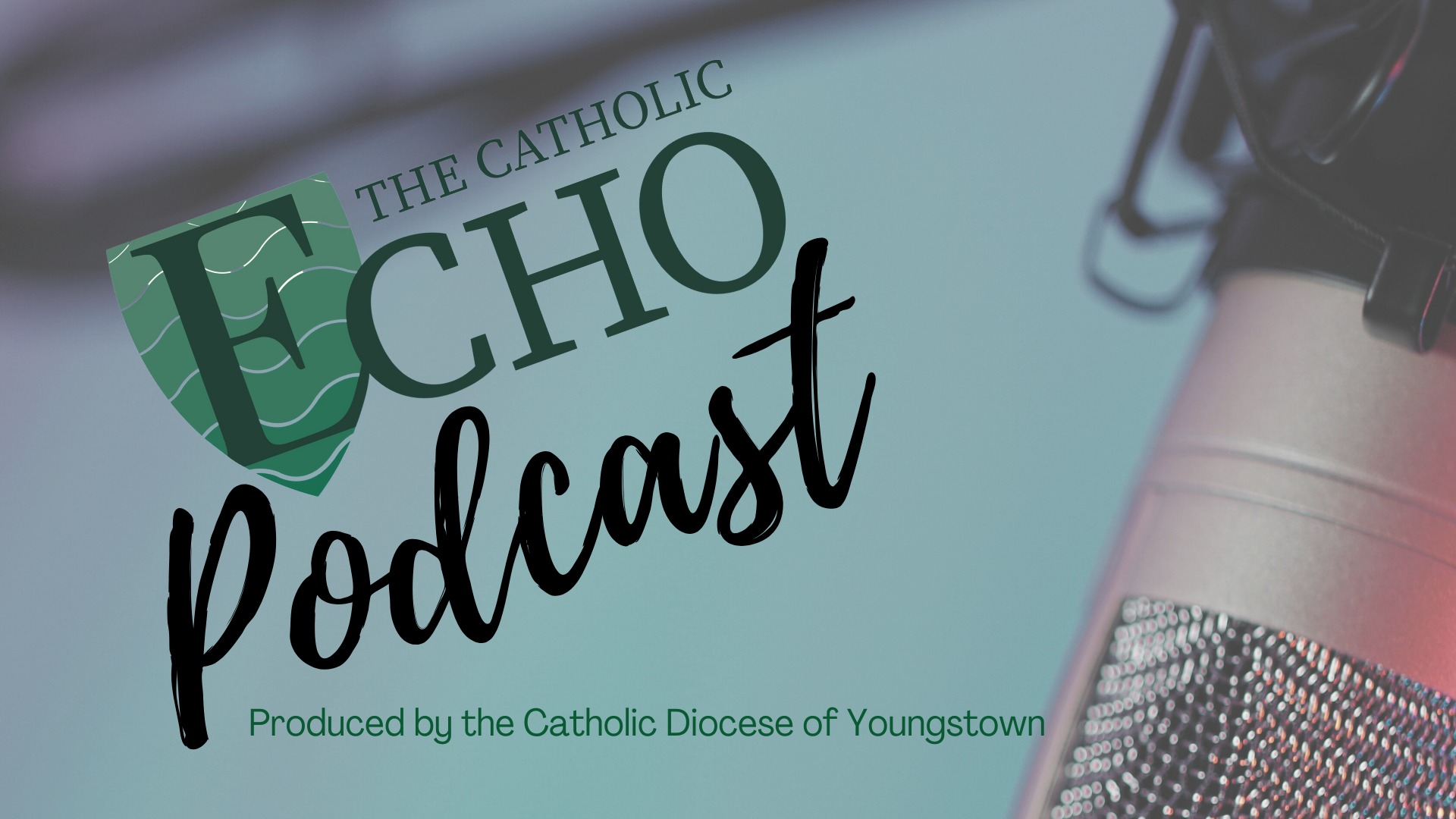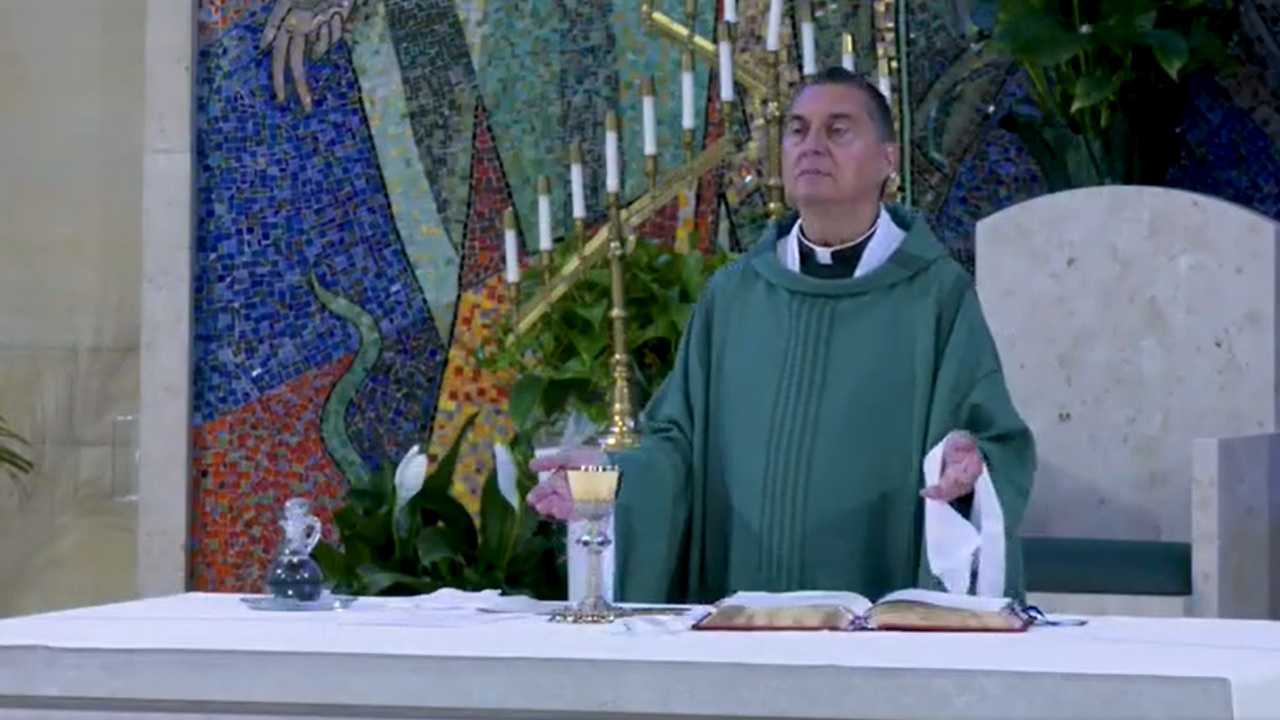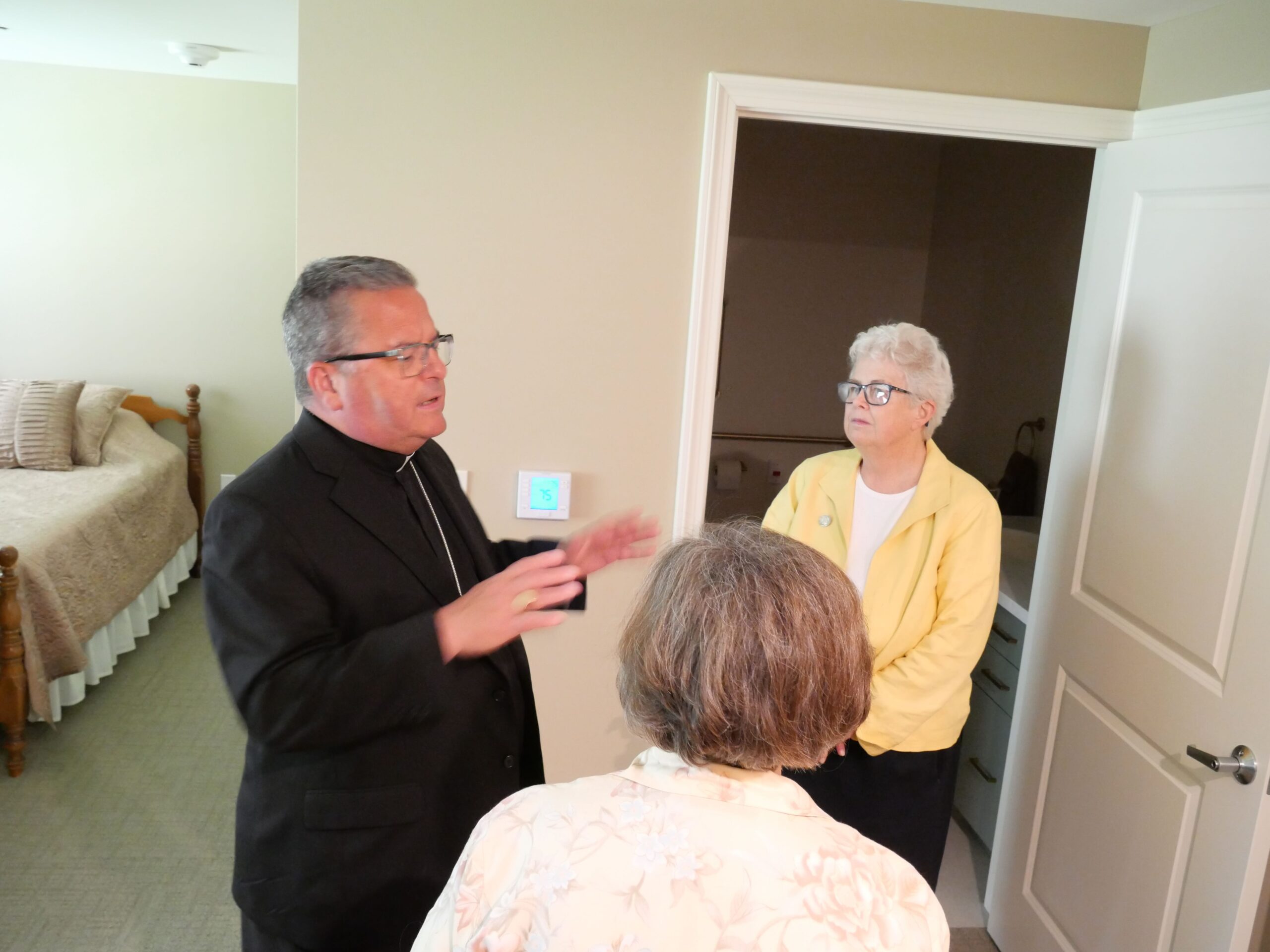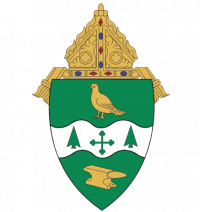
Have you ever wondered why something might change in the global Catholic Church? Have you ever experienced a change, such as updated Mass translations, and wondered how that happened?
Synods—meetings or assemblies of the faithful or Church leaders—are often the basis for change. In addition to gathering information to help inform decisions at the Vatican level, the worldwide Synod on Synodality is testing a new way to gather feedback from every parish and diocese on every continent. Once this path of communication is in place, the Vatican will have an established method to foster discussions at all levels of the Church on important issues. The roadmap to the right is an overview of the steps in the current synodal process, explaining what the process looks like here in the Diocese of Youngstown.
Step 1: Questions
Global Church leaders created a planning document, defining what questions to ask in the synod, who is responsible for facilitating and reporting, and how to share the answers. In 2021, the Vatican defined 10 topics for discussion, available at www.synod.va.
Phase 1: Consulting the People of God
Step 2: Local listening
From October 2021 to April 2022, Monsignor John Zuraw held listening sessions as our diocesan synod coordinator. With the approval of Bishop Bonnar, the diocese published a report at www.doy.org/synodalpath, explaining the highlights of these discussions. The U.S. Conference of Catholic Bishops (USCCB) then added our findings to its national report.
Step 3: Continental listening
From December 2022 to January 2023, representatives from across North America met in groups by language to discuss their diocesan and national results. The final report was submitted to the Vatican.
Phase 2: The Discernment of the Pastors
Step 4: Leadership assembly
Starting with a three-day spiritual retreat, participants from every continent met in Rome in October 2023 for an Assembly of Bishops. They ultimately decided to ask two more questions about successes and distresses in our parishes.
Step 5: Local listening—Round two
Monsignor Zuraw held listening sessions with representatives from parishes in all six counties, diocesan staff and councils. These were summarized in a five-page report submitted to the USCCB. You can read about each local listening session at www.CatholicEcho.org.
Step 6: Leadership assembly—Session two
The Synod of Bishops will meet in Rome in October 2024 to discuss the second round of results and determine next steps. “Only the Holy Spirit knows what the outcome will be from this extensive and collaborative consultation,” says Bishop Bonnar.
Phase 3: The Implementation
Step 7: Implementation
Once the Synod of Bishops approves a final report, Pope Francis will decide which recommendations to accept. This action plan will be communicated online and through diocesan coordinators.
